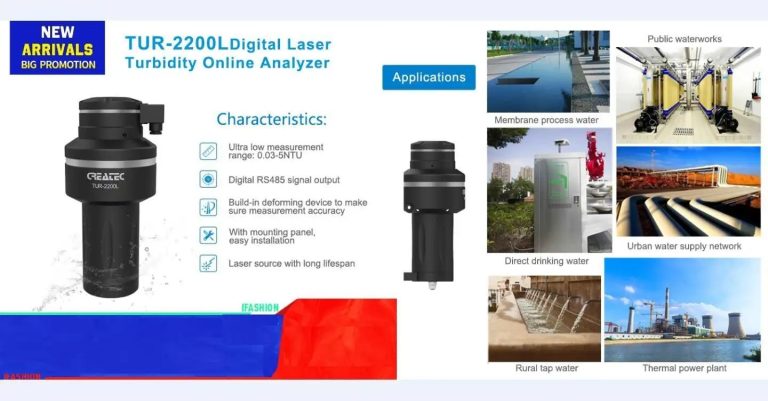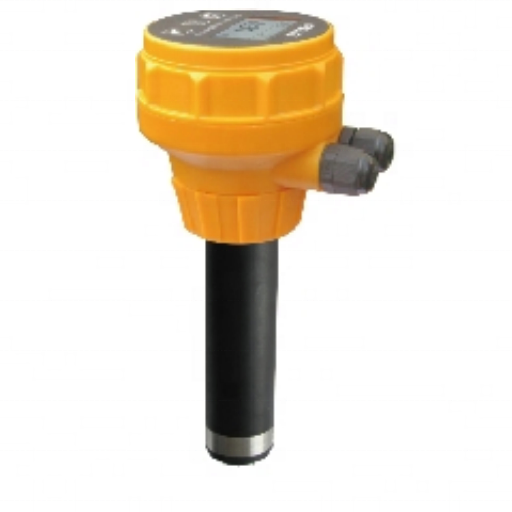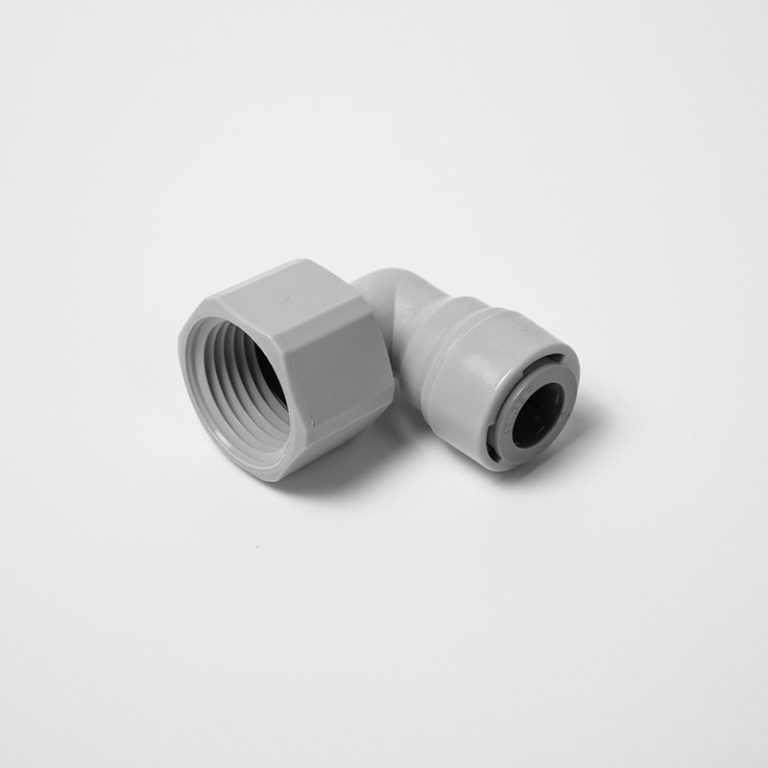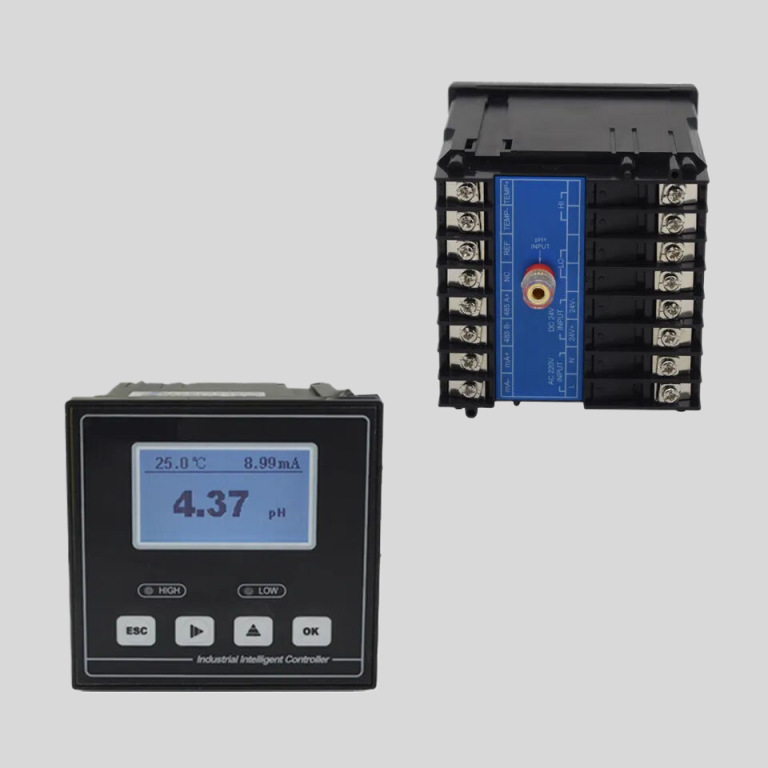“Seating valves with precision and expertise.”
Step-by-Step Guide to Seating a Valve Properly
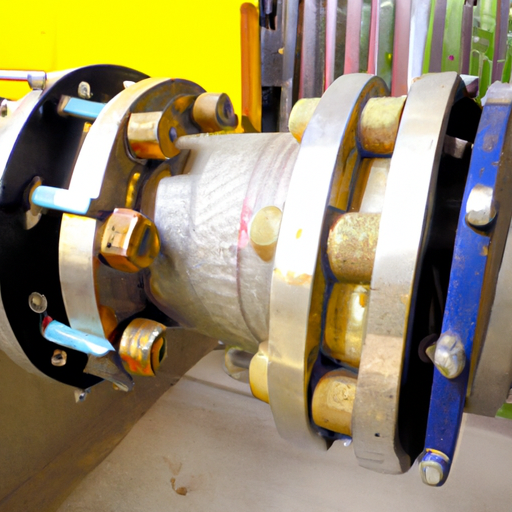
A valve is an essential component in many mechanical systems, controlling the flow of fluids or gases. Properly seating a valve is crucial to ensure its optimal performance and prevent leaks. In this step-by-step guide, we will walk you through the process of seating a valve properly.
Firstly, it is important to gather all the necessary tools and materials before starting the valve seating process. You will need a valve seat grinder, valve lapping compound, a valve spring compressor, a valve guide brush, and a set of feeler gauges. Additionally, make sure you have the appropriate safety equipment, such as gloves and safety glasses.
The next step is to remove the valve from the engine or system. This can be done by using a valve spring compressor to compress the valve spring and remove the valve keepers. Once the valve is free, carefully lift it out of the valve guide. It is crucial to handle the valve with care to avoid any damage.
With the valve removed, it is time to inspect it for any signs of wear or damage. Look for any pitting, grooves, or uneven surfaces on the valve face and valve seat. If you notice any significant damage, it may be necessary to replace the valve or have it professionally repaired.
Next, it is time to clean the valve and valve seat. Use a valve guide brush to clean the valve guide, removing any carbon deposits or debris. Then, use a soft cloth or brush to clean the valve face and valve seat. Ensure that both surfaces are free from any dirt or debris that could affect the sealing process.
| Model | MSD2 | MSD4 | MSD4-B | MSD10 | ASD2 -LCD/LED | ASD4-LCD/LED | ASD10-LED |
| Working Position | Service->Back wash->Brine and slow rinse->Fast rinse->Refill->Service | ||||||
| Regeneration mode | Manual | Automatic | |||||
| Inlet | 3/4” | 1” | 1” | 2” | 1/2”, 3/4”, 1” | 1/2”, 3/4”, 1” | 2” |
| Outlet | 3/4” | 1” | 1” | 2” | 1/2”, 3/4”, 1” | 1/2”, 3/4”, 1” | 2” |
| Drain | 1/2” | 1/2” | 1/2” | 1” | 1/2” | 1/2” | 1” |
| Base | 2-1/2” | 2-1/2” | 2-1/2” | 4” | 2-1/2” | 2-1/2” | 4” |
| Riser pipe | 1.05”OD | 1.05”OD | 1.05”OD | 1.5”D-GB | 1.05”OD | 1.05”OD | 1.5”D-GB |
| Water Capacity | 2m3/h | 4m3/h | 4m3/h | 10m3/h | 2m3/h | 4m3/h | 10m3/h |
| Working Pressure | 0.15-0.6MPa | ||||||
| Working Temperature | 5-50°C | ||||||
| Power Supply | No Need Power | AC100-240V/50-60Hz DC12V-1.5A | |||||
Now comes the valve lapping process. Apply a small amount of valve lapping compound to the valve face. Place the valve back into the valve guide and use a valve lapping tool to rotate the valve back and forth. This motion will help grind the valve face against the valve seat, creating a smooth and even surface.
Continue lapping the valve for several rotations, periodically checking the progress. You can use a set of feeler gauges to check the valve clearance. The goal is to achieve a tight seal between the valve face and valve seat, with minimal clearance.
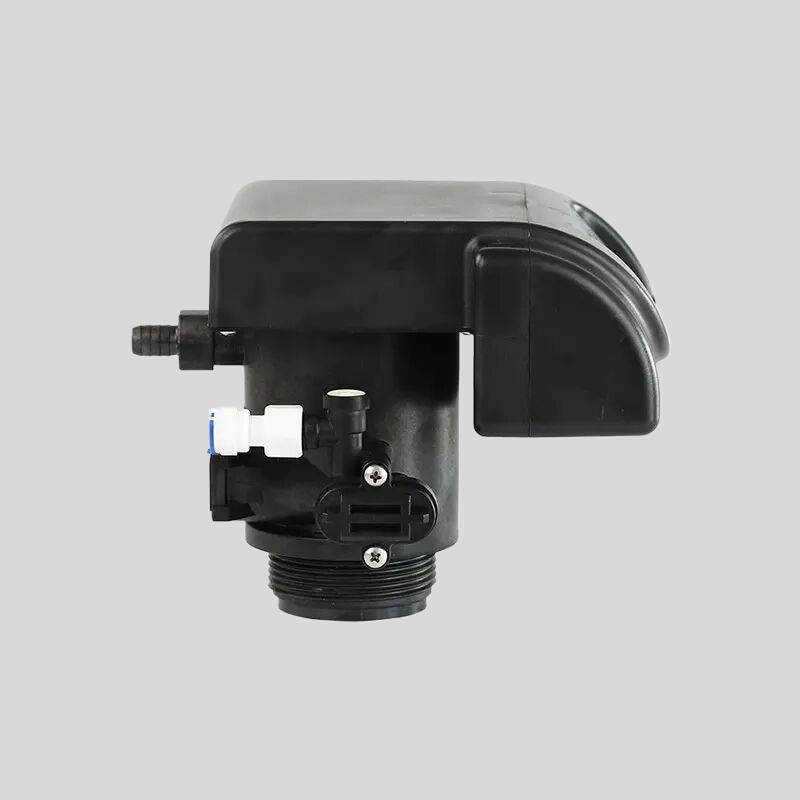
Once you are satisfied with the valve lapping, thoroughly clean the valve and valve seat to remove any remaining lapping compound. Use a clean cloth or brush and a solvent to ensure a clean surface.
Finally, it is time to reassemble the valve into the engine or system. Carefully place the valve back into the valve guide, ensuring it is properly aligned. Use the valve spring compressor to compress the valve spring and reinstall the valve keepers.
Double-check that the valve is seated properly by performing a leak test. Apply a small amount of soapy water to the valve seat and valve face. If you notice any bubbles forming, it indicates a leak, and you may need to repeat the valve seating process.
Seating a valve properly is a critical step in maintaining the performance and efficiency of mechanical systems. By following this step-by-step guide, you can ensure that your valve is properly seated, preventing leaks and ensuring optimal functionality. Remember to always exercise caution and use the appropriate safety equipment when working with valves.

